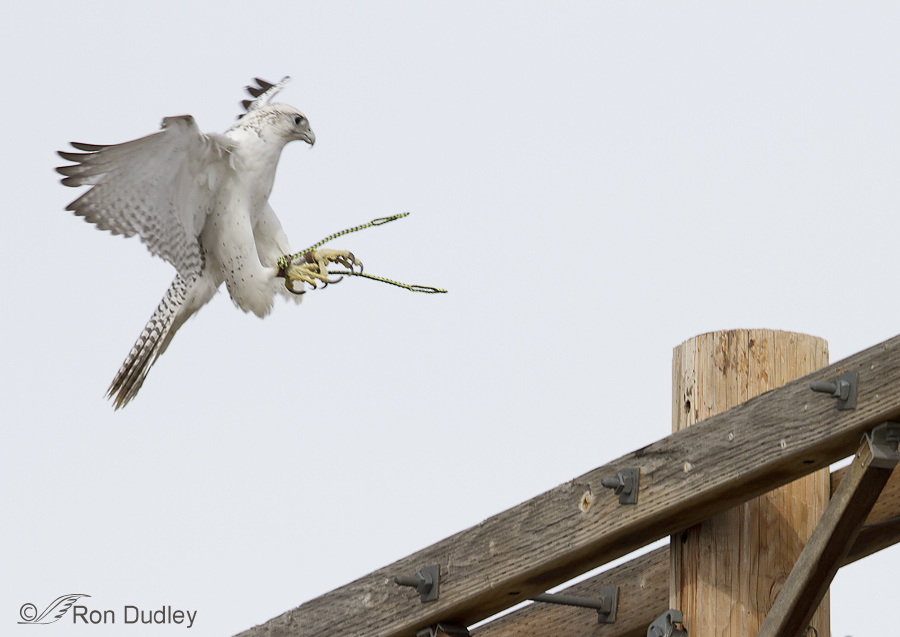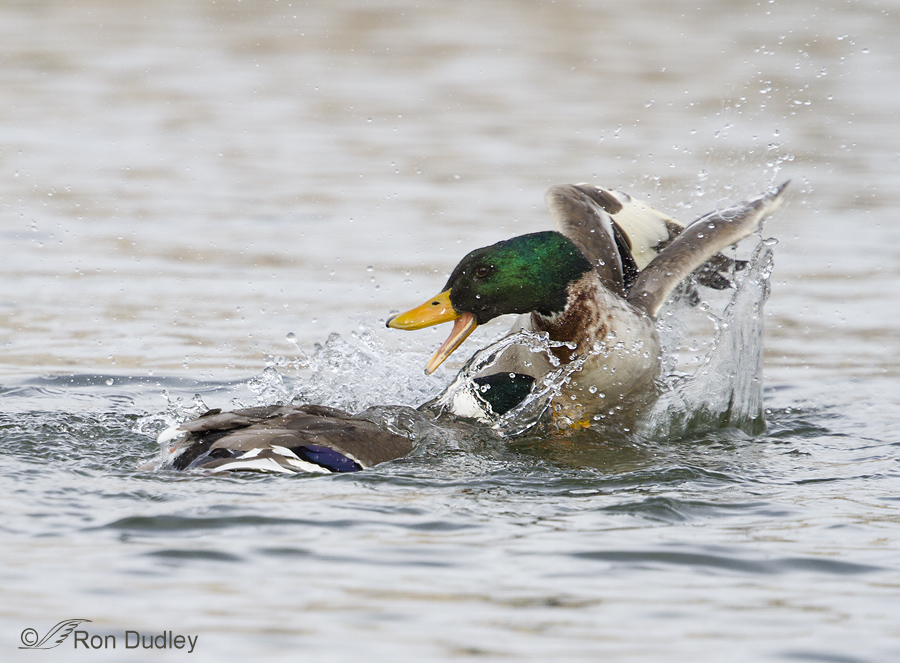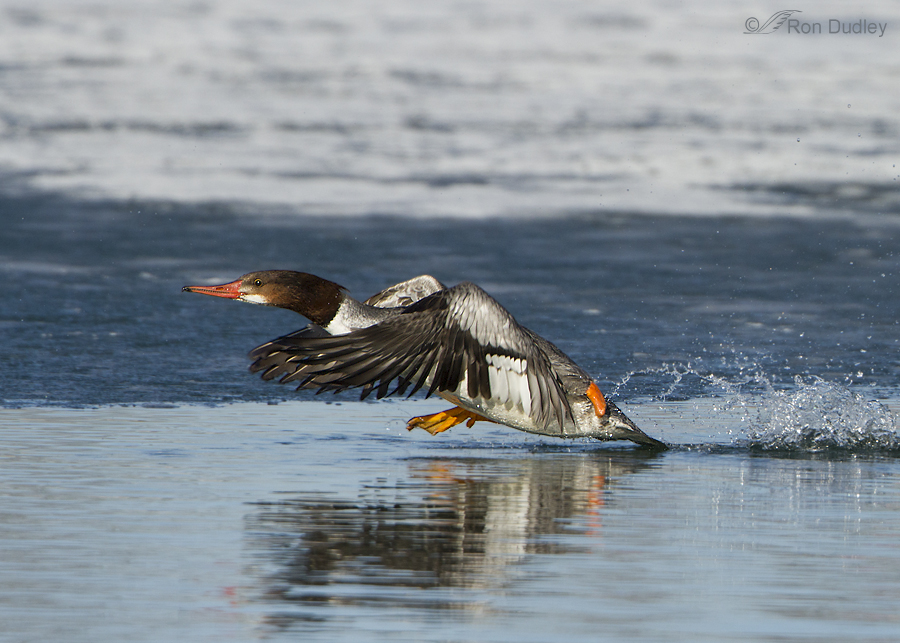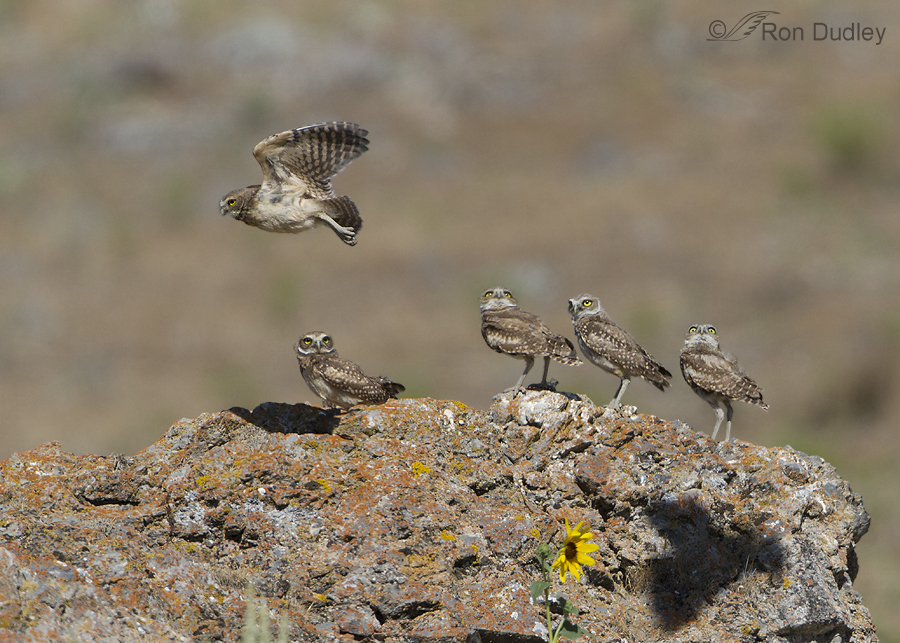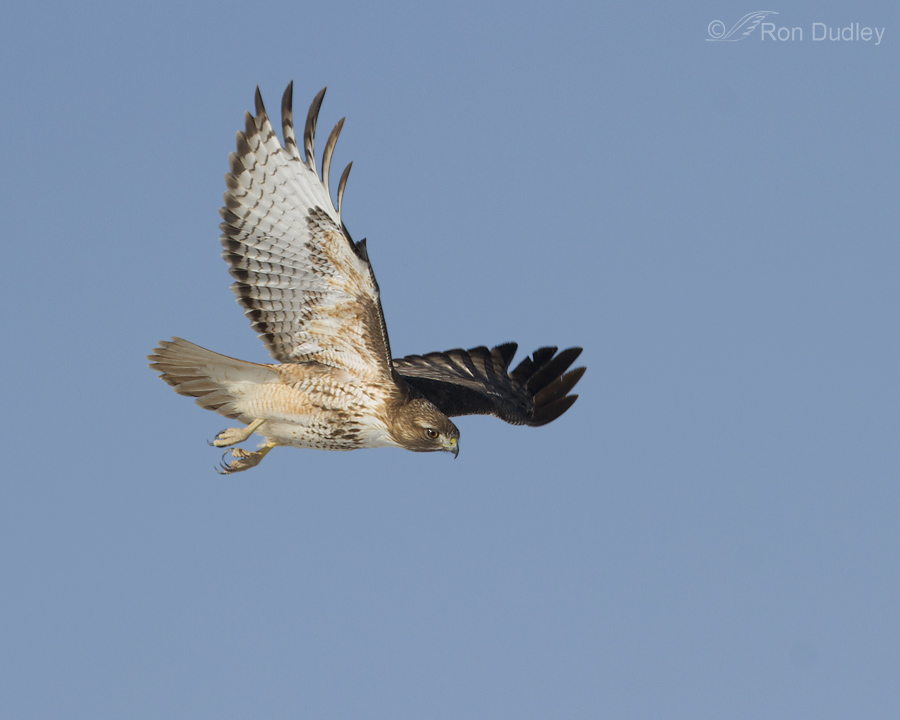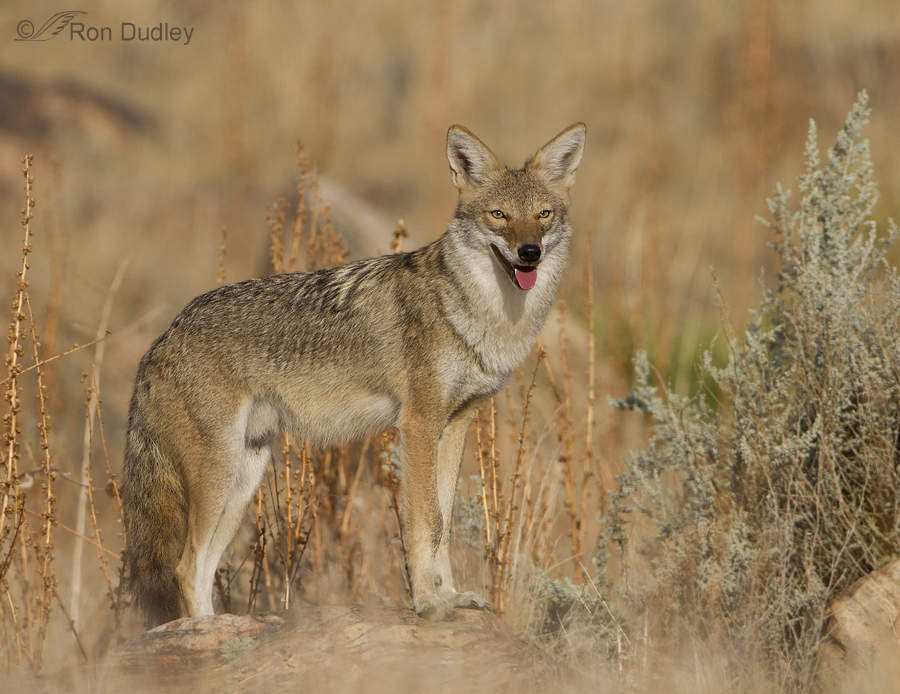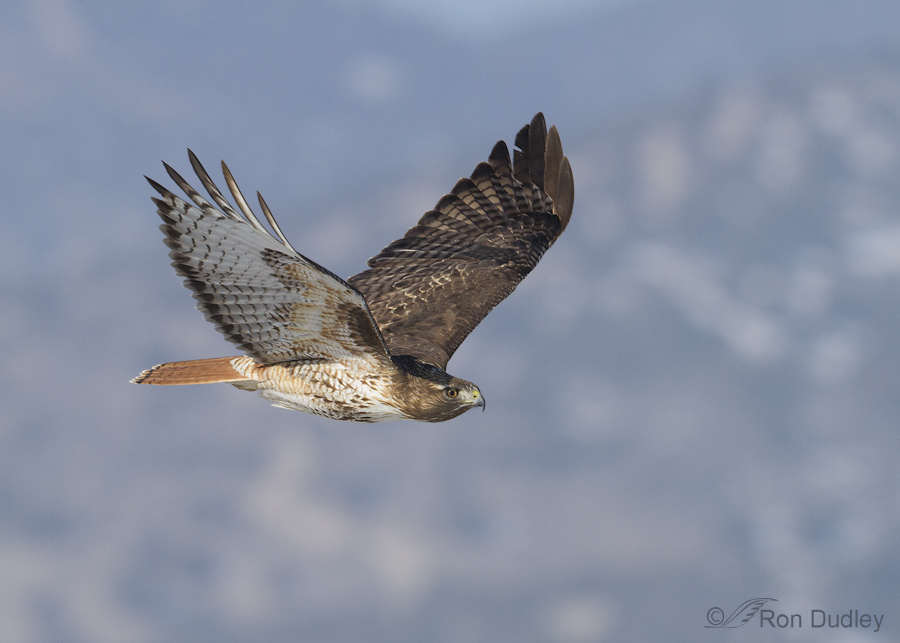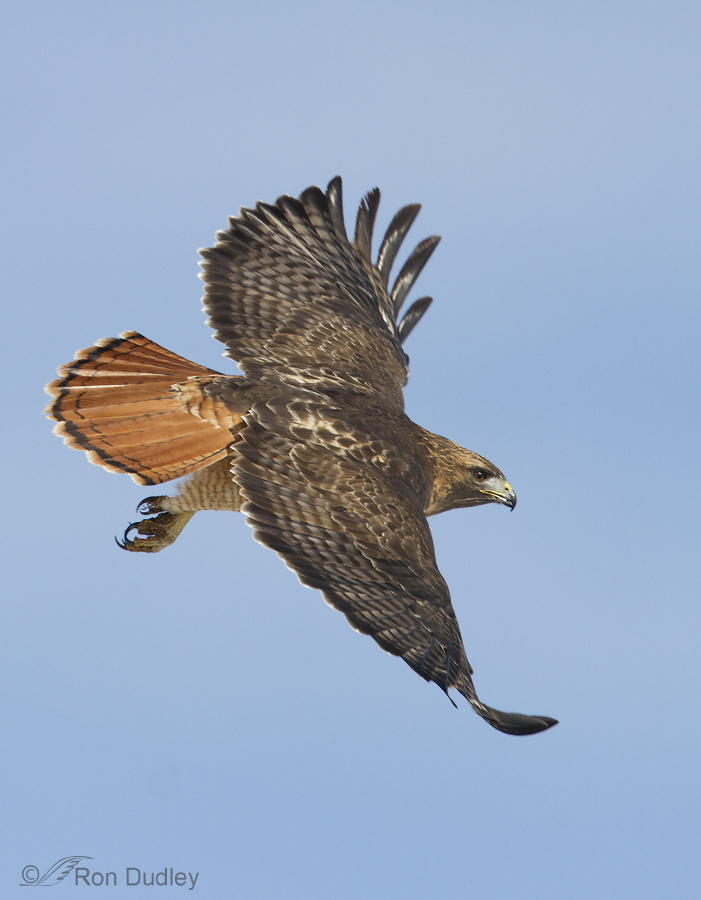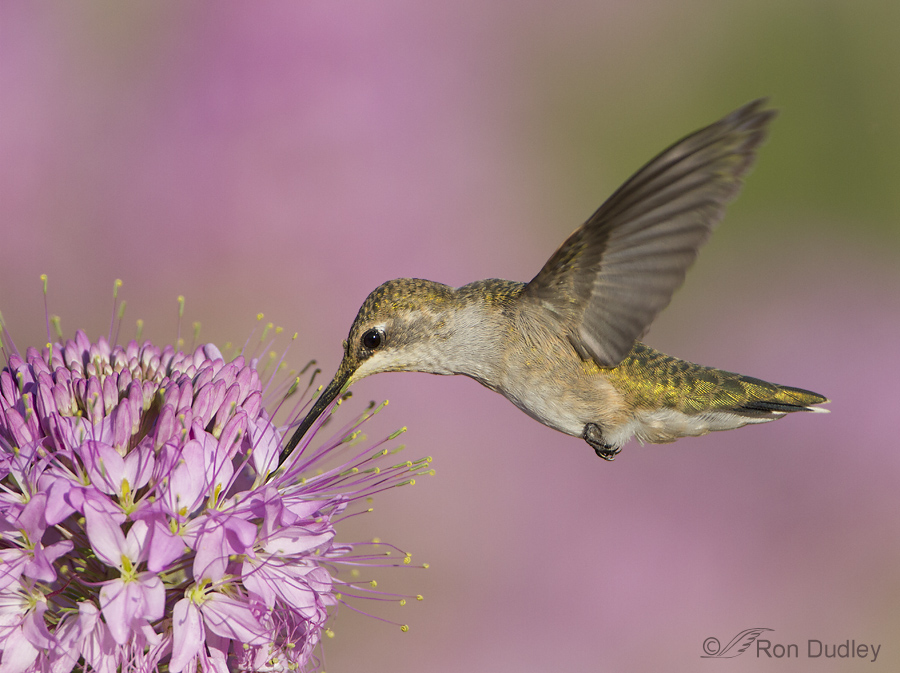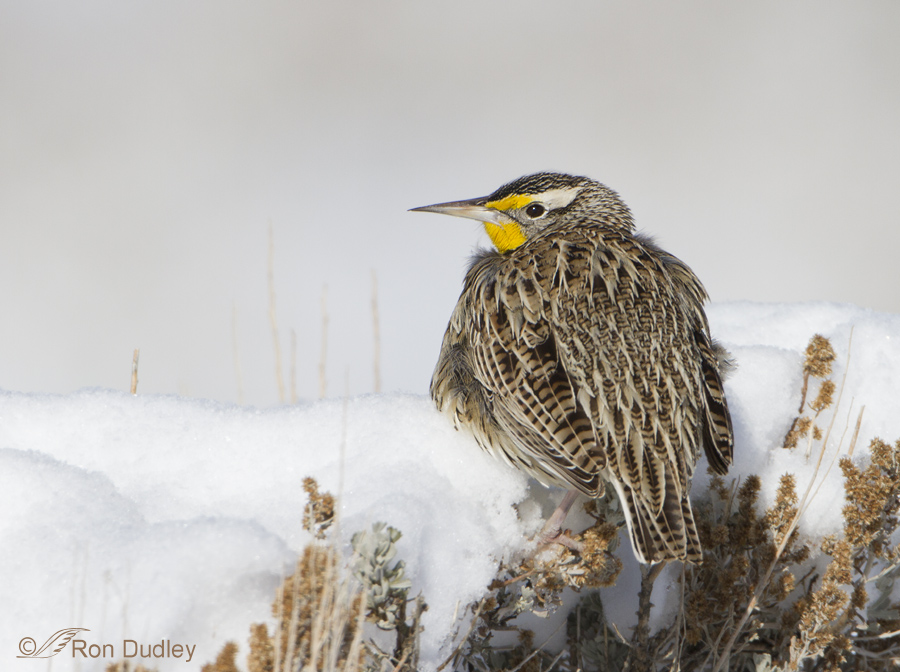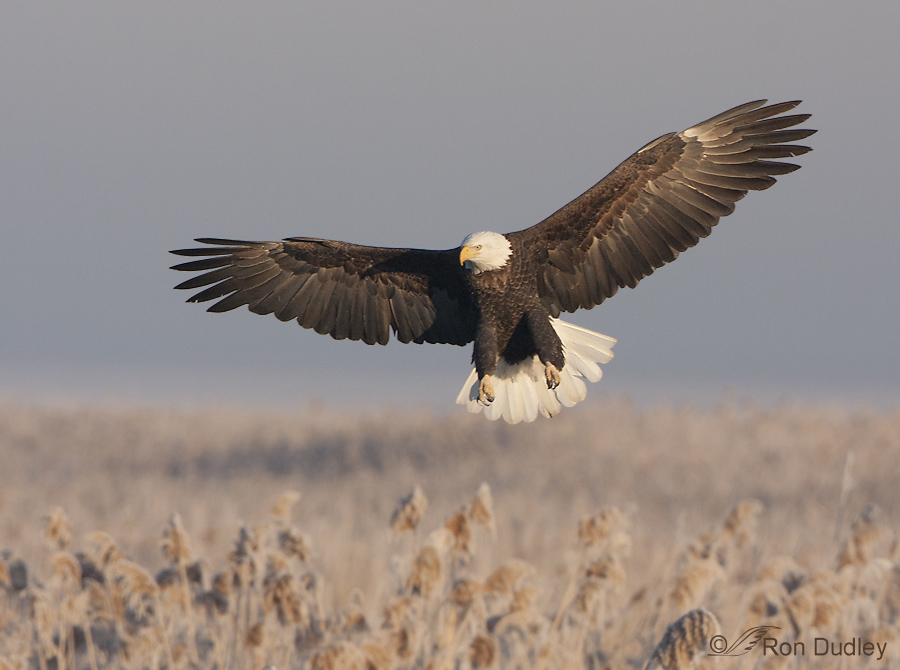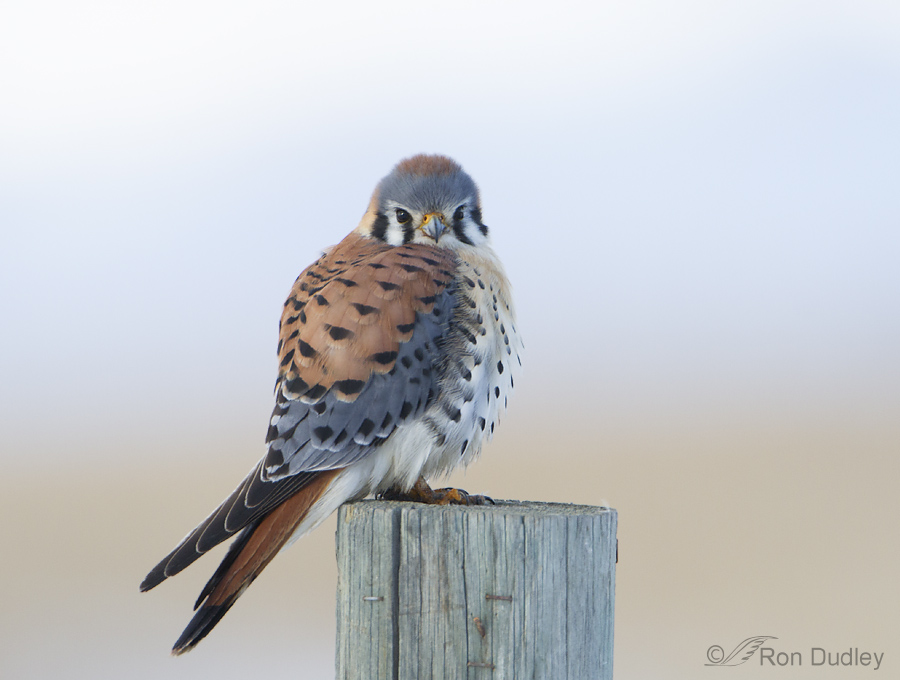Tag: utah
Mallards Mating And Fighting
Saying Goodbye To An Old Friend And Remembering The Kindness of Another
A Survivor! Last Year’s One-footed Merganser Has Returned
Juvenile Burrowing Owls Practicing Take-offs And Landings
Red-tailed Hawk – Same Image, Two Perspectives
The Coyote And The Pesky Deer Fly
Red-tailed Hawk In Full Flight
Farmington Bay, Bald Eagles And The 2014 Carp Kill
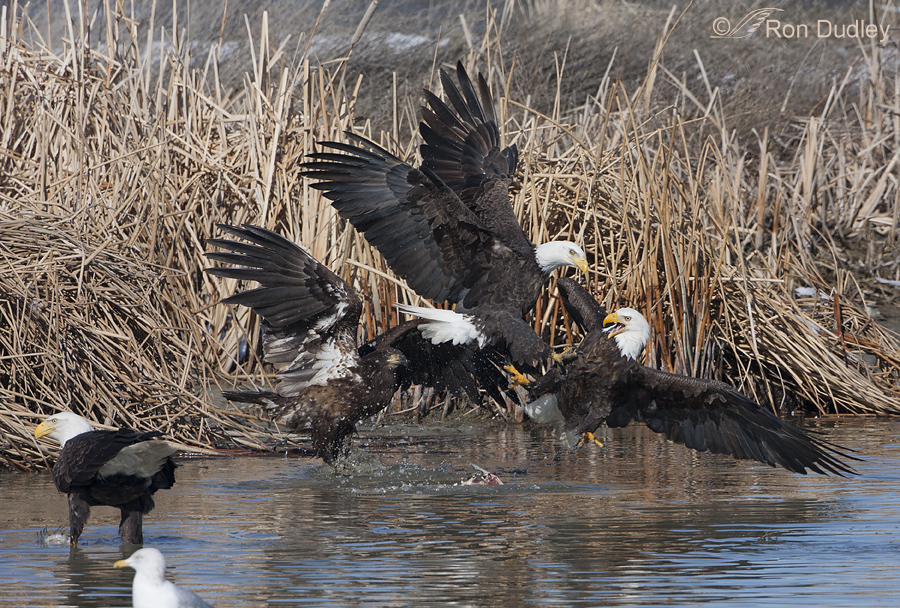
For years managers at Farmington Bay WMA have killed carp as a management tool. The dead fish bring in hundreds of Bald Eagles but this year, because of the West Nile Virus outbreak in the eagle population, managers had to decide whether or not to proceed with the fish kill. That decision has been made.
Adult Red-tailed Hawk – Total Plumage
A Tribute To The “Common Species”
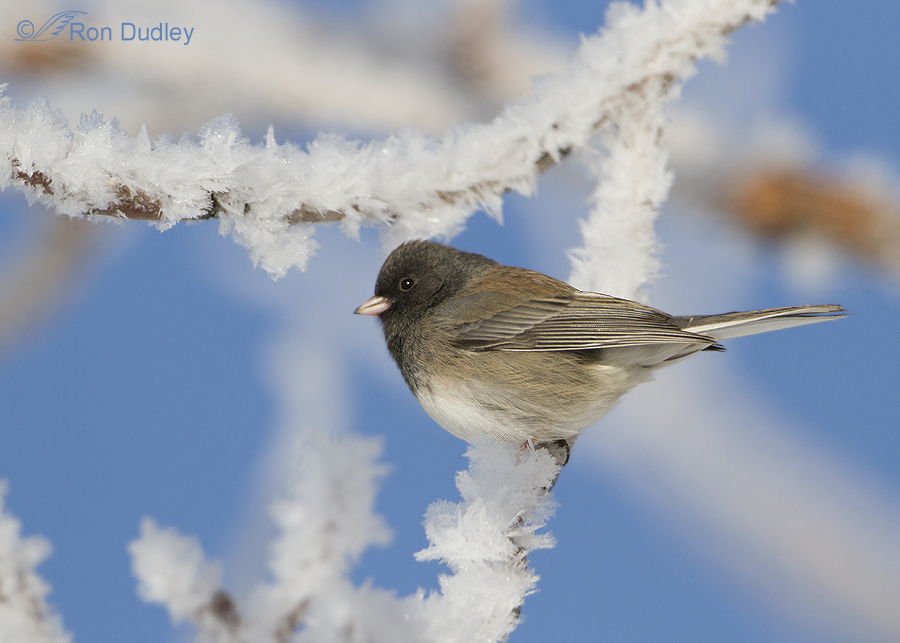
Many bird photographers tend to largely ignore the most common species in their areas and I’m as guilty of that as anyone.
There seems to be a sort of “supply and demand” philosophy – the more common they are the less appealing they are as subjects. That’s too bad for at least a couple of reasons – familiar birds can be just as interesting and beautiful as many of the others and what’s “common” where we live and/or shoot is very often uncommon or even nonexistent for folks in other areas. This post is meant to make up to some degree for my own poor judgment at times in choosing subjects.


